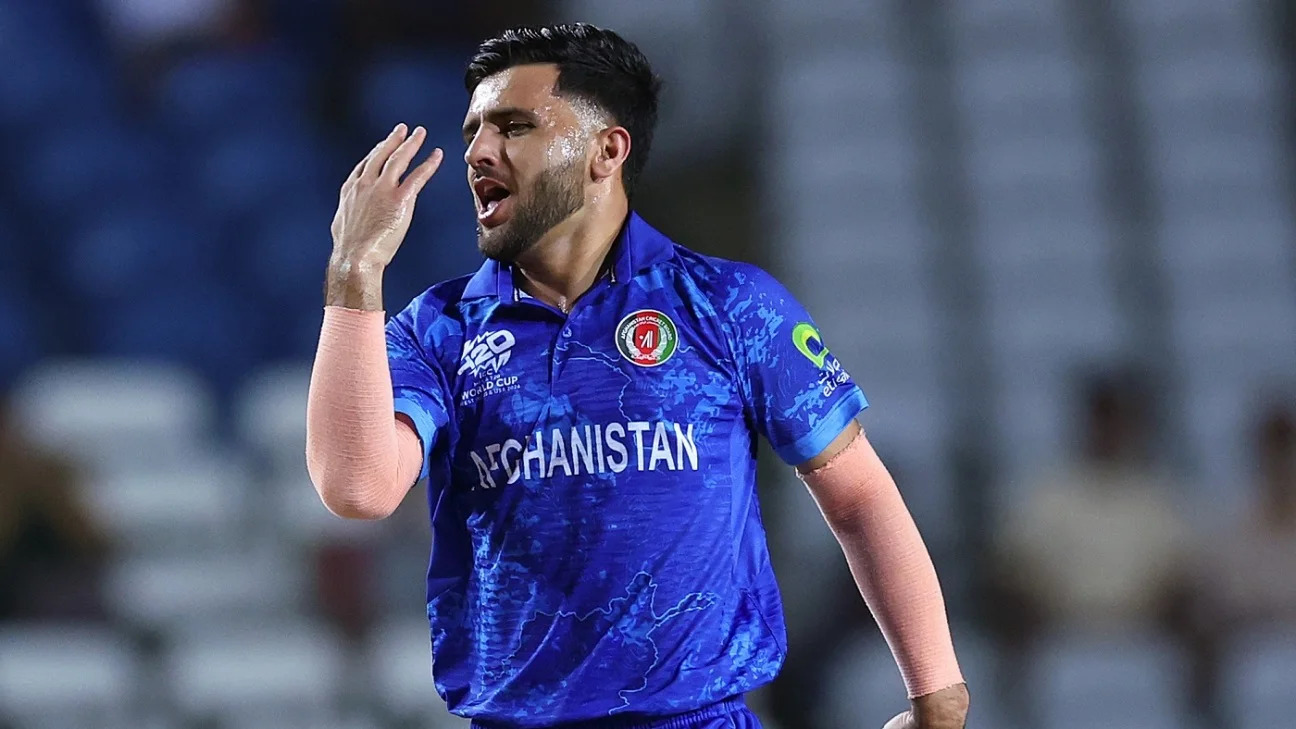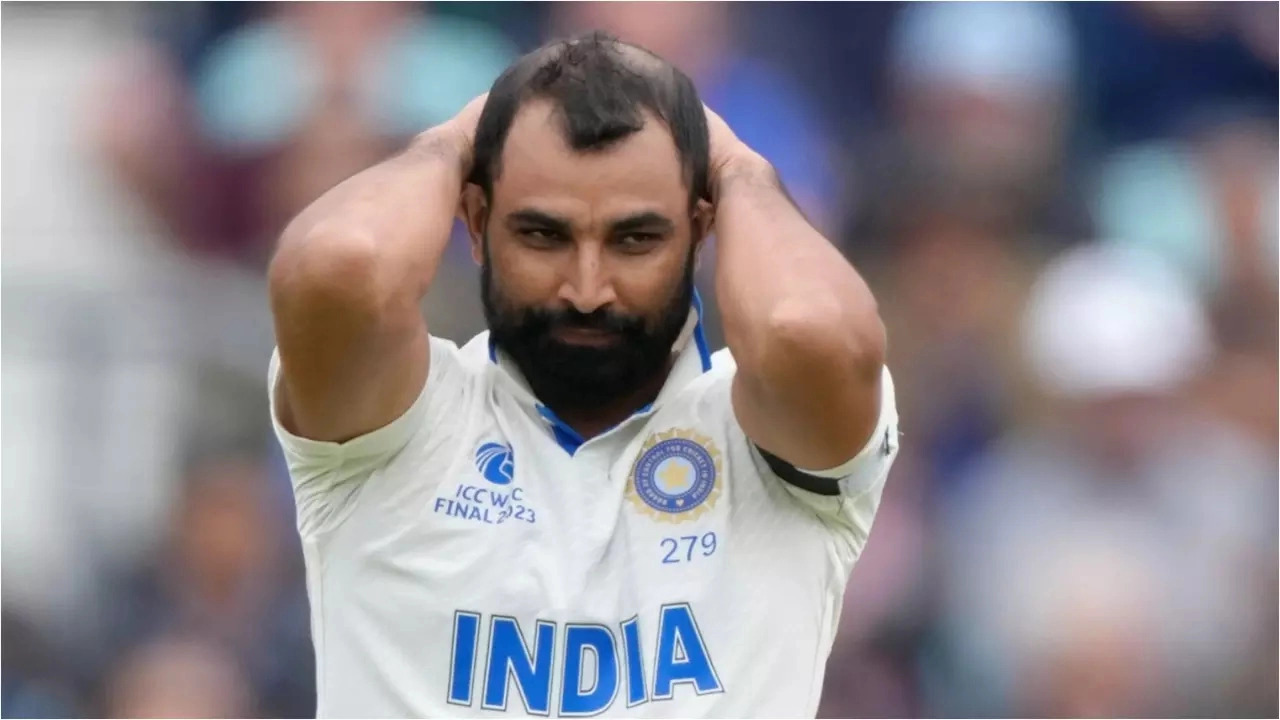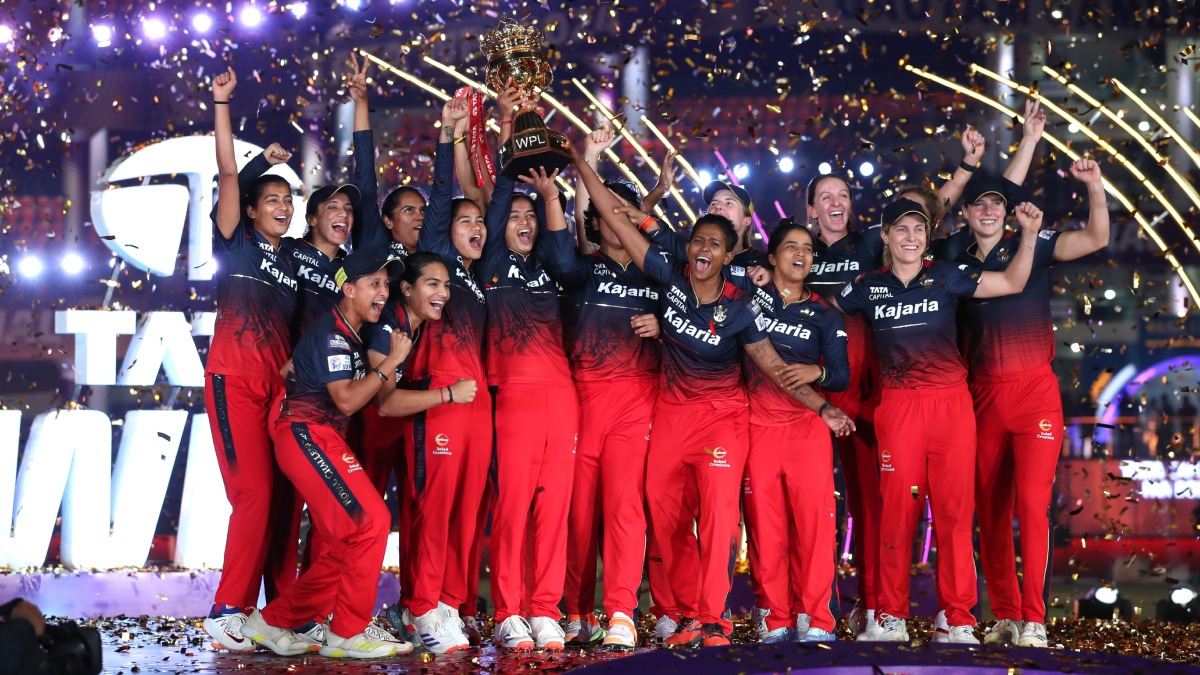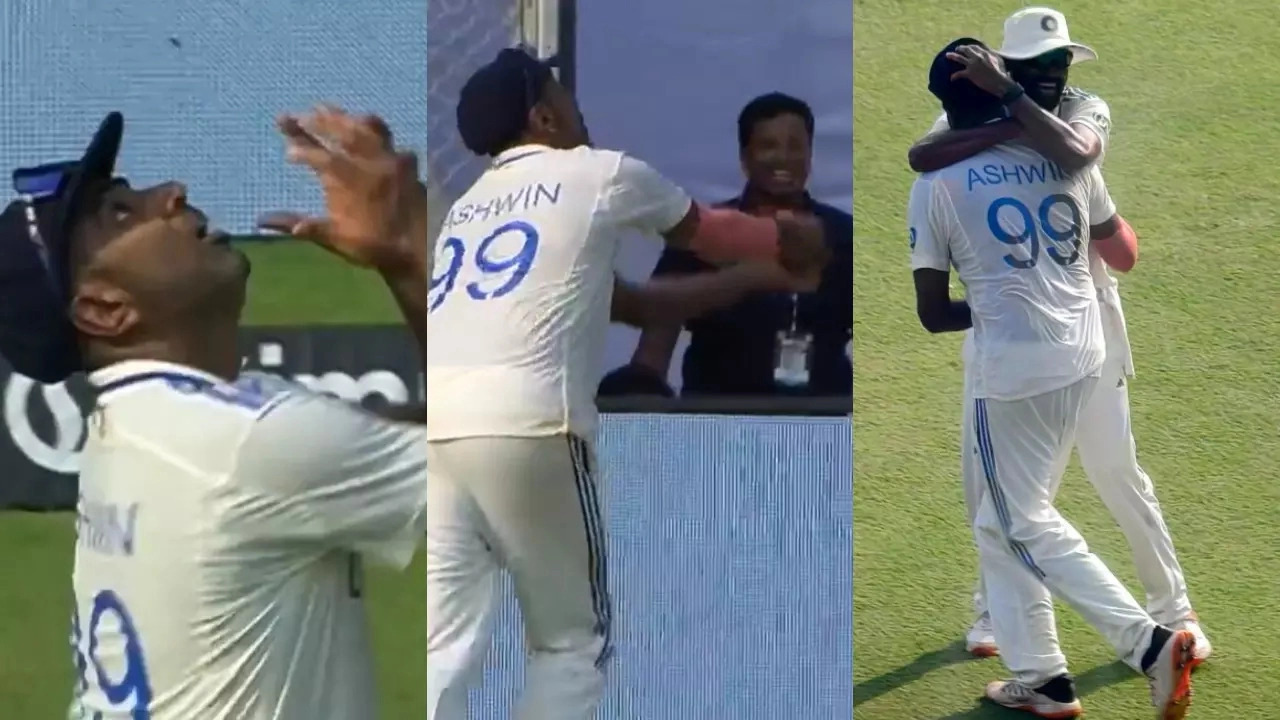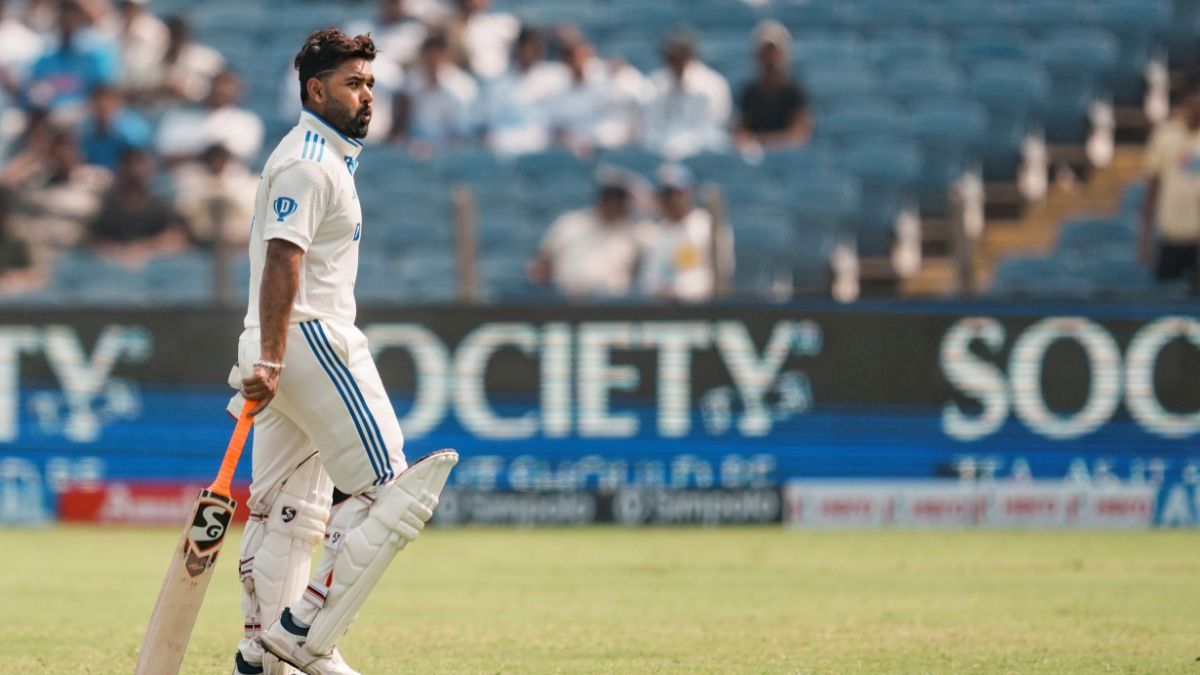England. Pakistan. Lanka. a country in New Zealand. Australia. Finally, South Africa. These are the teams that Afghanistan has defeated in the past 11 months of white-ball internationals.
These three victories came in one-day internationals (ODIs) during the previous year’s 50-over World Cup, guaranteeing Afghanistan’s spot in the Champions Trophy for the following year. Afghanistan advanced to the semifinals of the T20 World Cup this year, where they played in the previous two. In the interim, the two sides’ first encounter outside of World Cups resulted in a T20I victory over Sri Lanka and an ODI victory over South Africa.
South Africa was surprised by Afghanistan’s opening bowlers, Fazalhaq Farooqi and AM Ghazanfar, during the powerplay, and they were reduced to their lowest score in ODI history after ten overs: 36 for 7. On a slow and dry pitch against Afghanistan, South Africa was shot out for the lowest score by a top-ten rated side, but they managed to avoid being bowled out for their lowest ODI total of 69 thanks to a 39-run eighth-wicket stand between Wiaan Mulder and Bjorn Fortuin.
Even though they initially found it simple to score runs, Afghanistan has never failed to chase a score below 130, and they had no intention of breaking that record. Hashmatullah Shahidi steadied them after they were down 38 for 3 in the 14th over, and Azmatullah Omarzai and Gulbadin Naib’s combination of 47 off 48 balls brought them to an enormous victory in the fifth wicket. Afghanistan needed just 24 overs to complete the total.
Their domination from the first exchanges is shown by the margin. After losing 14 runs off his opening 11 deliveries, Farooqi changed his angle from over to around the wicket, and it was a great move. Reeza Hendricks missed the last ball in his second over, but the South African opener still reached for it and continued playing. Exactly the same manner Aiden Markram, standing in as captain for an injured Temba Bavuma, went at the end of Farooqi’s subsequent over. When Tony de Zorzi top-edged a pull to Shahidi at midwicket in his subsequent over, Farooqi secured his third wicket.
Playing in just his third ODI, Ghazanfar had to wait a bit longer to find success at the other end, needing to wait until the first ball of his fourth over. With just two ODI matches under his belt, Tristan Stubbs attempted to force Ghazanfar to mid-off but was eventually caught slipping. After trying to defend, Jason Smith was bowled after being defeated by turn after five balls. The fact that Kyle Verreynne was smacked on the pad because he did not anticipate the turn back into Ghazanfar added to South Africa’s challenges in reading him. He looked over the out call made by the on-field umpire, but the umpire’s call was upheld.
After dismissing four Ghazanfar balls and surviving an LBW appeal, Andile Phehlukwayo strayed off his crease and was run out by a Gulbadin Naib who was aware of the situation. South Africa dropped to 36 for 7 as a result.
As South Africa staggered towards fifty, Fortuin launched the counterattack with two boundaries off Rashid Khan’s third over. In the sixteenth over, they arrived. Then, albeit the threshold was not very high, it was over to Mulder, who was his most confident spin player. Mulder reached his half-century off 80 balls, reached his century with a pull over midwicket, then smashed the lone six of the innings against Rashid over long-off. South Africa’s innings was all but gone when he fell to Farooqi in the 33rd over, his fourth and last victim. There were many doubts about their strategy when they were bowled out in 34 overs.
They should also compare Afghanistan’s three specialist spinners to their own attack, which consisted of just one in Fortuin. Nevertheless, the seamen made their cuts early. From the third ball of the innings, Lungi Ngidi had Rahmanullah Gurbaz caught at deep third, putting Afghanistan in early difficulty. For the majority of the first seven overs, Ngidi and Nandre Burger kept Afghanistan quiet. Ngidi believed he had Rahmat snaffled down the leg side and reviewed, but the ball struck his pad, and the pressure told. Rahmat got out lbw after failing to sweep off a full, flighted ball after Fortuin was brought on in the eighth over.
And then, after a short ball from Burger was pushed over backward square leg by Riaz Hasan, Afghanistan’s first boundary was achieved. On the other side of Shahidi’s power play, Burger received the same treatment, and Afghanistan was gathering steam. When Riaz, on 11, flicked Mulder to Tony de Zorzi at midwicket, de Zorzi could have broken the tie, but he could not hang on. Riaz dropped a Fortuin arm ball and was bowled in the next over, costing South Africa just five runs.
After five wides from Fortuin, he was replaced by Markram, who scored Afghanistan’s first six runs when Azmatullah Omarzai smashed a ball over mid-on. In his subsequent over, Markram may have caught Shahidi at slip, but Hendricks was taken aback by the opportunity. Three balls later, Shahidi was out leg before wicket, and South Africa decided to go for spin on both ends.
Also Read: Twitter Reactions: Pace leads Afghanistan to its 1st-ever ODI victory over South Africa
After enjoying the ride, Azmatullah blasted Markram with six more down the line. Subsequently, Markram removed himself and replaced Burger, but Naib hit him for consecutive sixes. With 13 runs off Phehlukwayo’s second over, he brought the modest Sharjah crowd and the Afghanistan dressing room to tears.









 Win Projections to be updated soon
Win Projections to be updated soon








